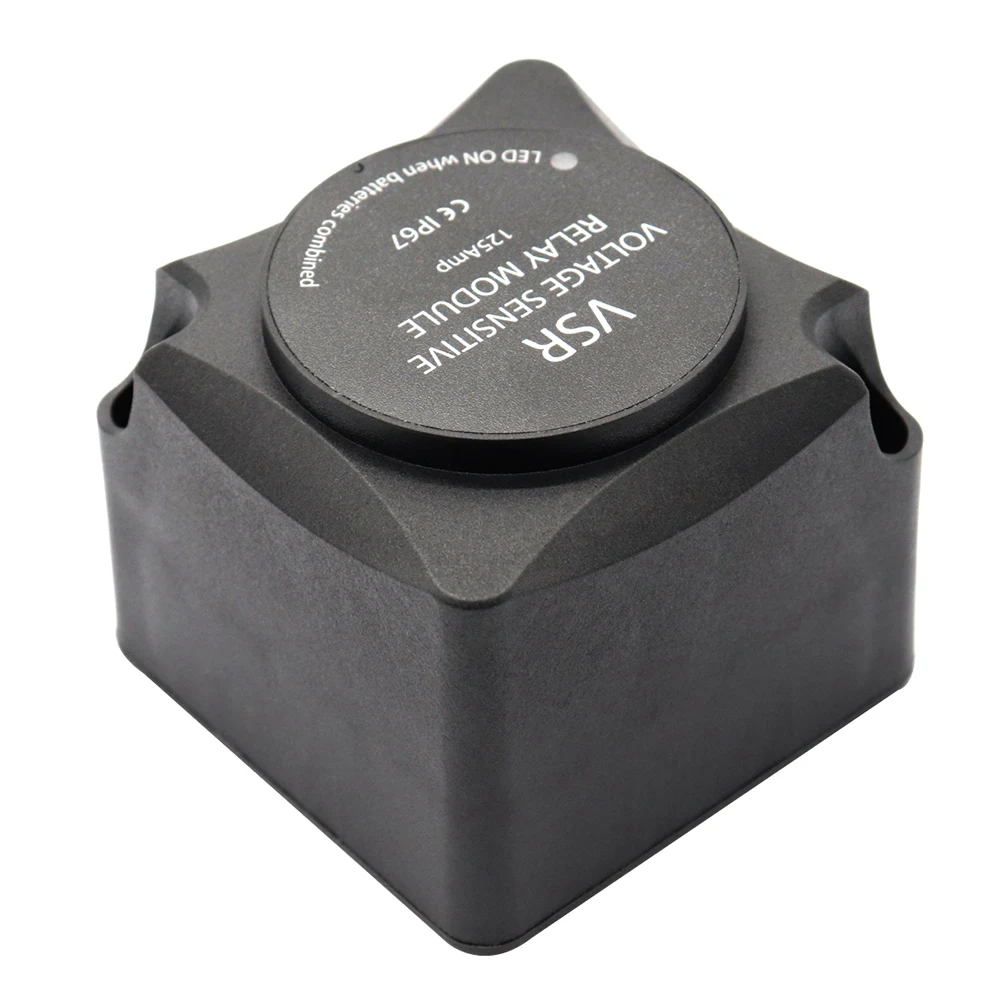

See also: History of the race and intelligence controversy Precursors to IQ testing Investigation of different patterns of increases in subtest scores can also inform current research on human intelligence. Raw scores on IQ tests for many populations have been rising at an average rate that scales to three IQ points per decade since the early 20th century, a phenomenon called the Flynn effect. They are also used to study distributions of psychometric intelligence in populations and the correlations between it and other variables. In research contexts, they have been studied as predictors of job performance and income. IQ scores are used for educational placement, assessment of intellectual disability, and evaluating job applicants. While the heritability of IQ has been investigated for nearly a century, there is still debate about the significance of heritability estimates and the mechanisms of inheritance. IQ scores have been shown to be associated with such factors as nutrition, parental socioeconomic status, morbidity and mortality, parental social status, and perinatal environment. Unlike, for example, distance and mass, a concrete measure of intelligence cannot be achieved given the abstract nature of the concept of "intelligence". Scores from intelligence tests are estimates of intelligence. This results in approximately two-thirds of the population scoring between IQ 85 and IQ 115 and about 2.5 percent each above 130 and below 70. For modern IQ tests, the raw score is transformed to a normal distribution with mean 100 and standard deviation 15. The resulting fraction ( quotient) was multiplied by 100 to obtain the IQ score. Historically, IQ was a score obtained by dividing a person's mental age score, obtained by administering an intelligence test, by the person's chronological age, both expressed in terms of years and months. The abbreviation "IQ" was coined by the psychologist William Stern for the German term Intelligenzquotient, his term for a scoring method for intelligence tests at University of Breslau he advocated in a 1912 book. One meter means it save installation time and valuable space.An intelligence quotient ( IQ) is a total score derived from a set of standardised tests or subtests designed to assess human intelligence.

Single Meter - Dual Display, LED volt meter that combines the previous 15CM’s two meters into a single unit that displays both battery’s voltage levels simultaneously, for accurate real time monitoring. If the combined system does drop below the disconnect threshold, then isolator disconnects making sure your primary battery is always fully charged. The isolator kit design insures that the available amps from your vehicles stator are used first to maintain the primary battery and the second battery is connected only after reaching the acceptable voltage threshold. This kit was designed for the unique features of the stator charging systems for most all of the UTV's on the market today. A fully automatic Smart Battery Isolator product featuring PEP®. Featuring the latest generation UTV Battery Isolator ( UTV-SBI-18).
TRUE SMART BATTERY ISOLATOR 140A INSTRUCTION MANUAL CODE
Save additional $5 at Checkout - Use discount code save5Īn effective and simple installation dual battery kit.

TrueAm UTV-SBI-CM UTV Dual Battery Connect & Monitor Kit


 0 kommentar(er)
0 kommentar(er)
